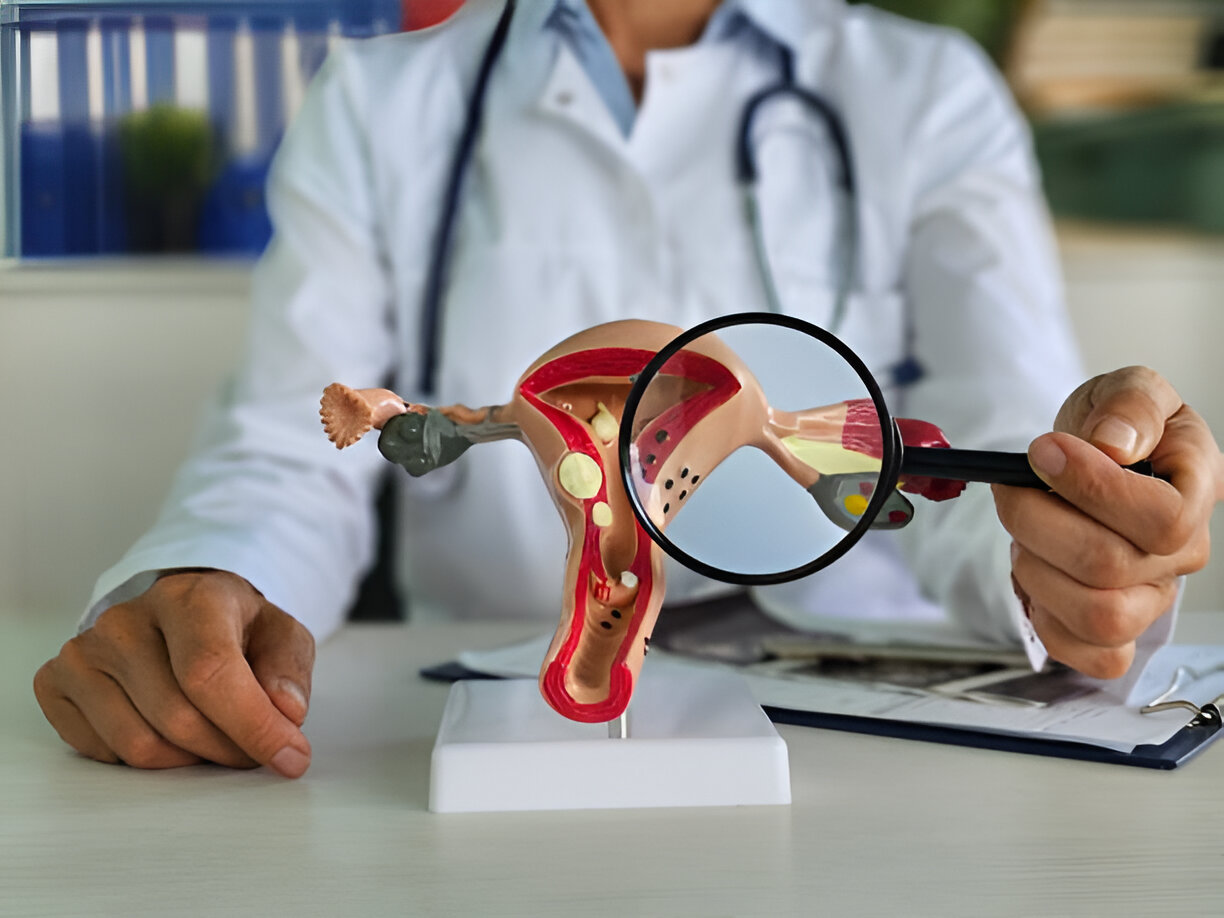Understanding Fibroids and When to Seek Help
Uterine fibroids are a common but often misunderstood condition affecting millions of women, especially during their reproductive years. While many fibroids are harmless and symptomless, others can lead to discomfort, complications, and even fertility issues. Understanding fibroids and recognizing when to seek medical help is essential for maintaining reproductive and overall health.
What Are Fibroids?
Fibroids, or uterine leiomyomas or myomas, are non-cancerous growths that develop in or around the uterus. They vary in size, from as small as a pea to as large as a melon, and can be found on the uterine wall (intramural), inside the uterine cavity (submucosal), or on the outer surface of the uterus (subserosal).
Although the exact cause of fibroids is not fully understood, hormones (estrogen and progesterone) and genetics play a significant role in their development. Women in their 30s and 40s are most commonly affected, especially those with a family history of fibroids.
Common Symptoms of Fibroids
Many women with fibroids experience no symptoms at all. However, when symptoms do appear, they can significantly impact daily life. Common signs include:
- Heavy or prolonged menstrual bleeding
- Pelvic pain or pressure
- Frequent urination
- Constipation
- Back or leg pain
- Pain during intercourse
- Abdominal swelling or bloating
In some cases, fibroids may also interfere with fertility or contribute to miscarriage or complications during pregnancy.
When Should You Seek Help?
It’s important to consult a gynecologist if you experience any of the following:
- Heavy periods that soak through tampons or pads every hour for several hours
- Periods lasting more than 7 days
- Severe pelvic pain or pressure
- Difficulty emptying your bladder
- Frequent urination
- Unexplained fatigue from anemia due to blood loss
- Struggles with getting pregnant or carrying a pregnancy to term
Early diagnosis and intervention can prevent complications and improve your quality of life.
Diagnosis and Treatment Options
Fibroids are typically diagnosed through pelvic examinations, ultrasounds, or more advanced imaging like MRI or hysteroscopy.
Treatment depends on several factors, including the size and location of the fibroids, symptom severity, age, and future fertility plans. Options include:
- Watchful waiting (for mild or asymptomatic cases)
- Medication to control symptoms or shrink fibroids
- Minimally invasive procedures like uterine artery embolization or MRI-guided focused ultrasound
- Surgical options, such as myomectomy (removal of fibroids) or hysterectomy (removal of the uterus)
Fibroids are common, but that doesn’t mean they should be ignored. If you're experiencing symptoms that interfere with your daily life or reproductive health, it’s time to seek expert help. With proper diagnosis and personalized care, most women can manage fibroids effectively and live a full, healthy life. Your health is worth prioritizing, don’t wait for the symptoms to worsen before getting the support you need.
